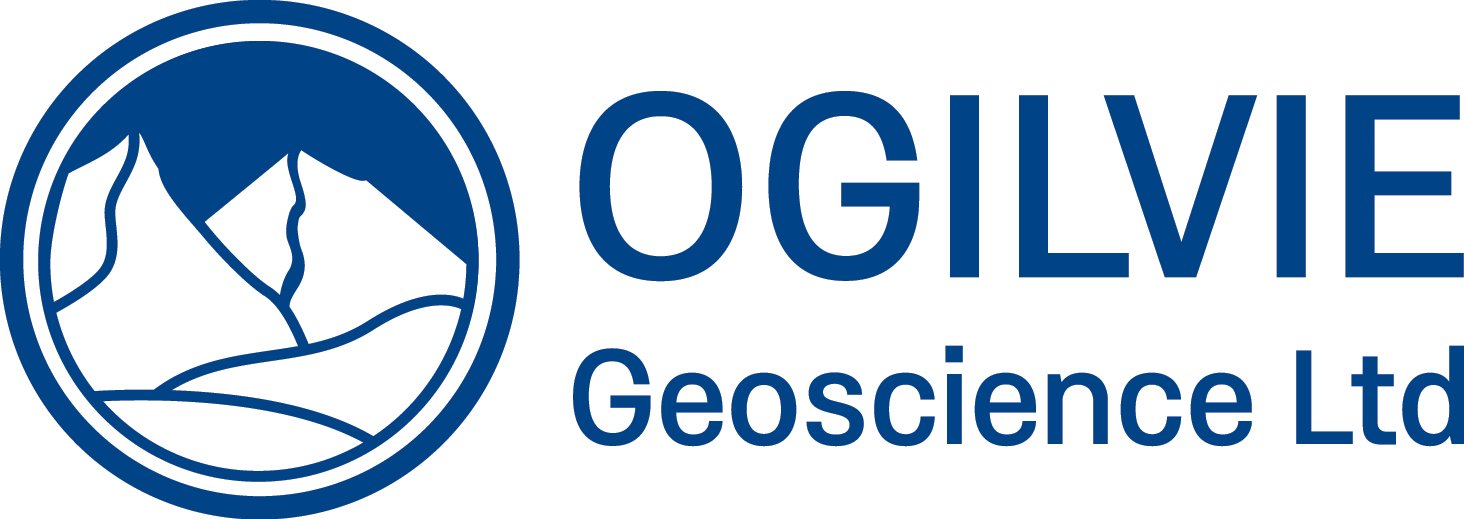As faults involve displacement, it is easier to tell which fault sets are the youngest (cross cutting relationships). Joints are however opening mode with little/no shear displacement. I do wonder though if curving joints can help. Do they curve in the direction of the older joint i.e., feel it’s presence. Similar to fault growth and linkage ?
The joints in sandstone on Fig 1, are present on eroded flanks of an anticline (Kirkmaky Valley, Baku). These joints have likely formed as a result of folding; local extension that creates joints during folding. These joints belong to different sets as they have different orientations, but which set is the youngest ? As the curving joints (set 3) bend towards sets 1 and 2, this suggests that #3 is the youngest set.
Fig 1. SIDE VIEW: Joint sets in sandstones on the eroded limb of the Kirkmaky Anticline, Baku. Curving joints (#3) are perhaps the youngest as curve towards the existing joints.
Another example is given in Fig. 2; this time looking down on a siltstone bedding plane, exposed on a wavecut platfotm on Scotland’s North Coast. Notice how the joint that runs left to right across the centre of the photograph starts to curve towards the joint which runs from top left to bottom right. This suggests that the curving joint is younger.
Fig. 2. MAP VIEW: Curving joint on bedding plane of Caithness Flagstone (siltstone), St Mary’s Chapel location, Caithness, Scotland, UK.
Conclusion..
The relative age of faults is often quite straightforward as older faults are displaced by younger ones. However, joints are opening mode fractures and it is therefore less straightforward to work out their relative ages. Abutting relationships can be used. Curving of younger joints towards older ones is another possibility.



